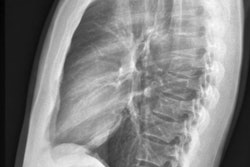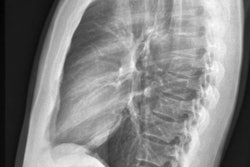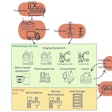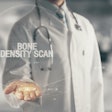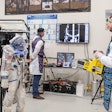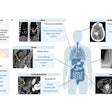An AI algorithm developed by Google shows potential as a scalable triage test for active pulmonary tuberculosis (TB) in settings with limited resources, according to research presented recently at RSNA in Chicago.
In a study in Zambia supported by the Bill and Melinda Gates Foundation, the algorithm demonstrated high sensitivity and specificity for detecting TB in an HIV-enriched population and performed as well as radiologists.
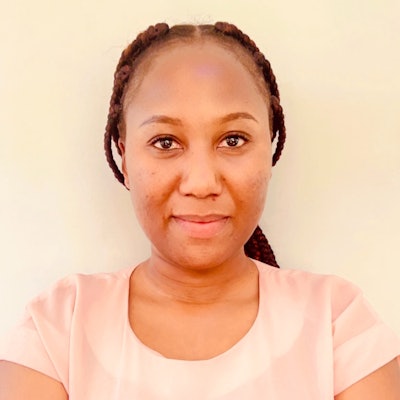 Nsala Sanjase.
Nsala Sanjase.
“AI can triage for active pulmonary TB with non-inferior performance to radiologists and detect differential diagnoses, indicating potential to aid cost effective TB screening,” said presenter Nsala Sanjase, a research fellow at the Centre for Infectious Disease Research in Lusaka, in a session held November 30.
Globally, the estimated number of deaths from TB increased between 2019 and 2021, reversing years of decline between 2005 and 2019. In 2021, 1.6 million people died from TB, including 187,000 people with HIV, according to the World Health Organization (WHO).
In 2021, the WHO updated its chest x-ray screening recommendations for TB to include computer-aided detection (CAD) and set a performance bar of 90% sensitivity and 70% specificity for clinical implementation of algorithms.
Currently, there are five commercial AI algorithms approved for detecting TB as well as other abnormalities on chest x-rays: qXR, CAD4TB, Lunit Insight CXR, InterRead DR Chest, and JF CXR-1, she added. These algorithms have performed well in other studies in different populations, yet few studies have evaluated their performance in sensitive populations such as patients with HIV, Sanjase said.
In this study, the researchers evaluated Google AI TB in adults who had symptoms suggestive of TB, who were close contacts of TB patients, or who were newly diagnosed with HIV. They enrolled 1,932 patients at three clinical sites. Of the 1,807 patients with a definitive TB status, 641 (35%) were HIV positive and 190 (11%) were TB positive.
The TB AI’s scores were calculated using two prespecified operating points (OP): a high sensitivity OP based on the WHO target product profile (90% sensitivity/70% specificity) and a more balanced OP designed to resemble an average radiologist’s performance (90% sensitivity/50% specificity), Sanjase said. In addition, the algorithm was tested for non-inferiority compared to nine radiologists.
According to the findings, the TB AI’s sensitivity and specificity were 87% and 70% at the high-sensitivity OP and 78% and 82% at the balanced OP, Sanjase said.
In addition, at the high-sensitivity OP, the TB AI was non-inferior to the radiologists for sensitivity (p < 0.001) but not specificity (p = 0.99) and met the WHO’s targets for specificity (p < 0.001) but not sensitivity (p = 0.17).
At the balanced OP, the AI was non-inferior to the radiologists for both sensitivity and specificity (p < 0.02 for both).
“From our study, we have concluded that Google AI TB was non-inferior to radiologists for active pulmonary tuberculosis triaging in a population with high TB and HIV burden,” Sanjase said.
Based on a comparative analysis, the algorithm performed similarly to other CAD systems that are already on the market, she added.
Zambia has one of the highest burdens for TB and HIV in Africa and in rural settings, many clinics have neither digital x-ray technology nor access to the internet, Sanjase noted. However, the country has significantly increased domestic funding allocated for TB, with digitization a priority, she said.
“This AI system could help scale cost-effective TB screening and detection of differential diagnoses in settings where radiologists are not available,” Sanjase concluded.




